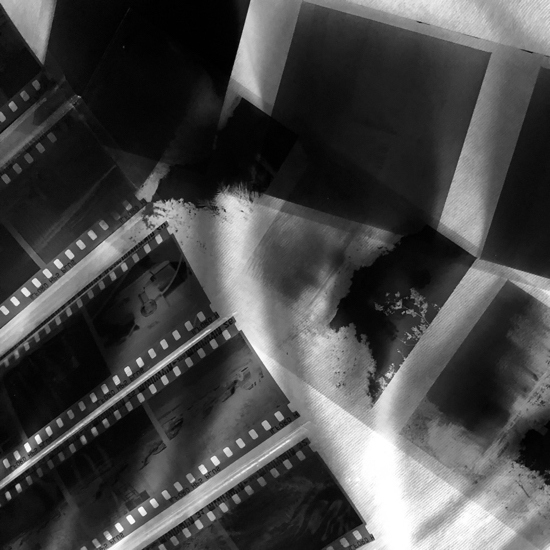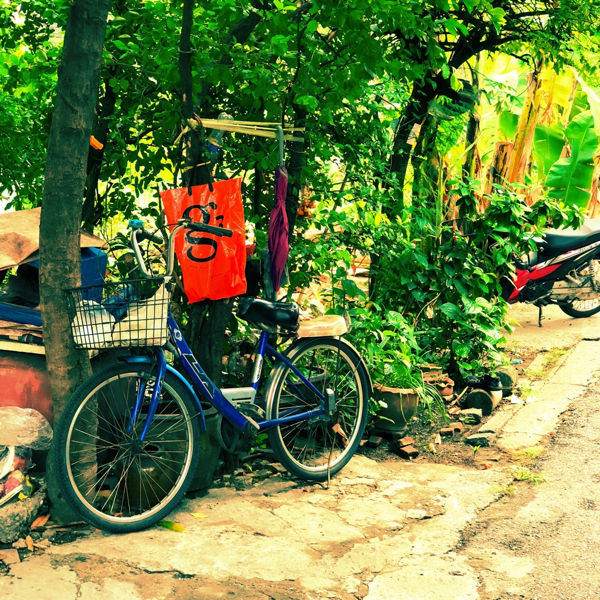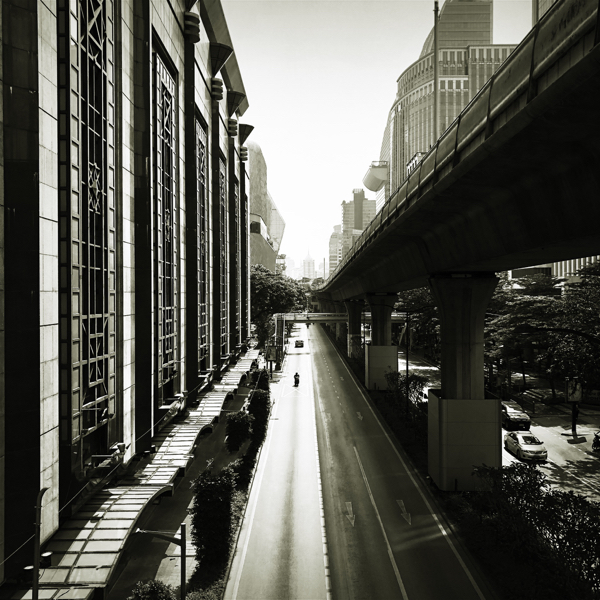|
|
Cassandra - Connected Evolutions in the Digital Photo World: Part 1, the iPhoneBy Graham K. Rogers
Let me inject an early comment on editing. There are some who object to this, suggesting that it produces an impure result. I work with iPhones (RAW and HEIC/JPG), RAW images on DSLR cameras, and scanned negatives (TIFF). I also prefer black and white output. Sebastian de With made some excellent comments a while back on the need to edit digital RAW as these files are not images per se, but recorded data that needs manipulation to bring out what the photographer saw. Although the article mainly concerned RAW on the iPhone (and the excellent Halide app), the concepts can be applied to DSLR RAW files: because they are digital representations, they are never viewed as such but an editor presents them in another format - most often JPEG in an image viewer (such as Photos). More recent comments by Francesco Carucci and Albert Dros (PetaPixel) add to this.
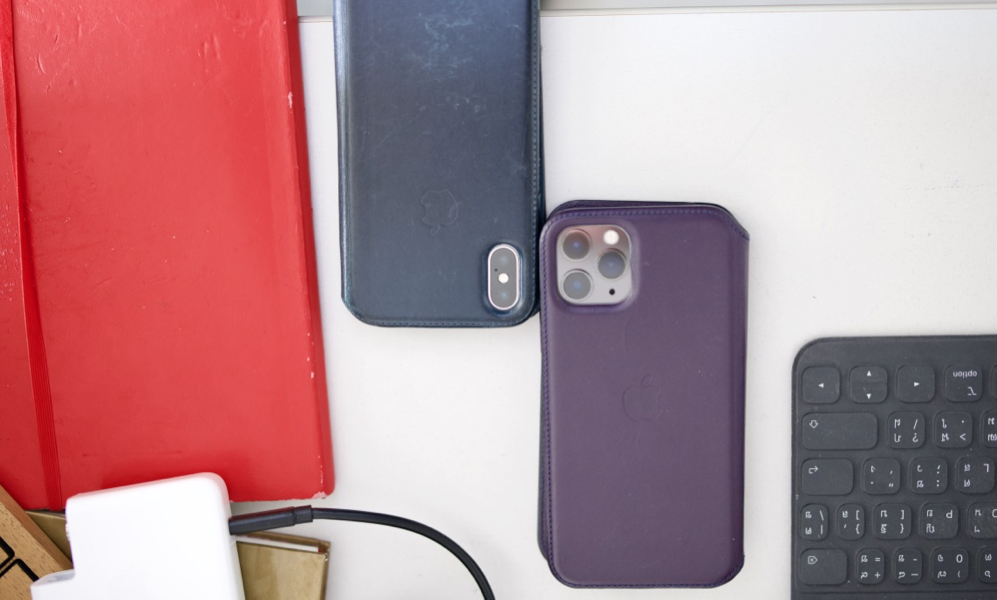
iPhone 11 Pro and iPhone X

iPhone image of caterpillars eating a leaf - better in color
iPhoneAlthough this section should refer to the smartphone in general, my experience of phones other than iPhones is limited to a relatively short ownership of a single Samsung phone with touch screen (I was trying to help family in the UK with the same model). This section focuses on the iPhone but most comments apply to smartphones in general. The cameras in the Apple devices have come a long way since the debut of the device in 2007. I attended the introduction at the Moscone Center and tried the first iPhone the day after its introduction. We were not allowed to use the limited (2MP) camera then. It was not until the iPhone 3G arrived in Bangkok that I was able to try this. In daylight it was fair; but it was not until the iPhone 4 that I was able to produce some sensible output, with big strides coming in subsequent updates, including the "S" years (which also had processor updates).The advantages of the smartphone camera are that the device fits in the pocket and has several other functions that allow for multi-tasking capabilities on the street. I am currently running the iPhone 11 Pro - with the 3 lens setup - which I still think may be overkill. While I respect the image outputs of .5, x1 and x2, as a photographer I miss the ability to take square images. The improved resolution is a benefit, although this may not immediately be visible if images are viewed on the iPhone screen or via social networking sites.
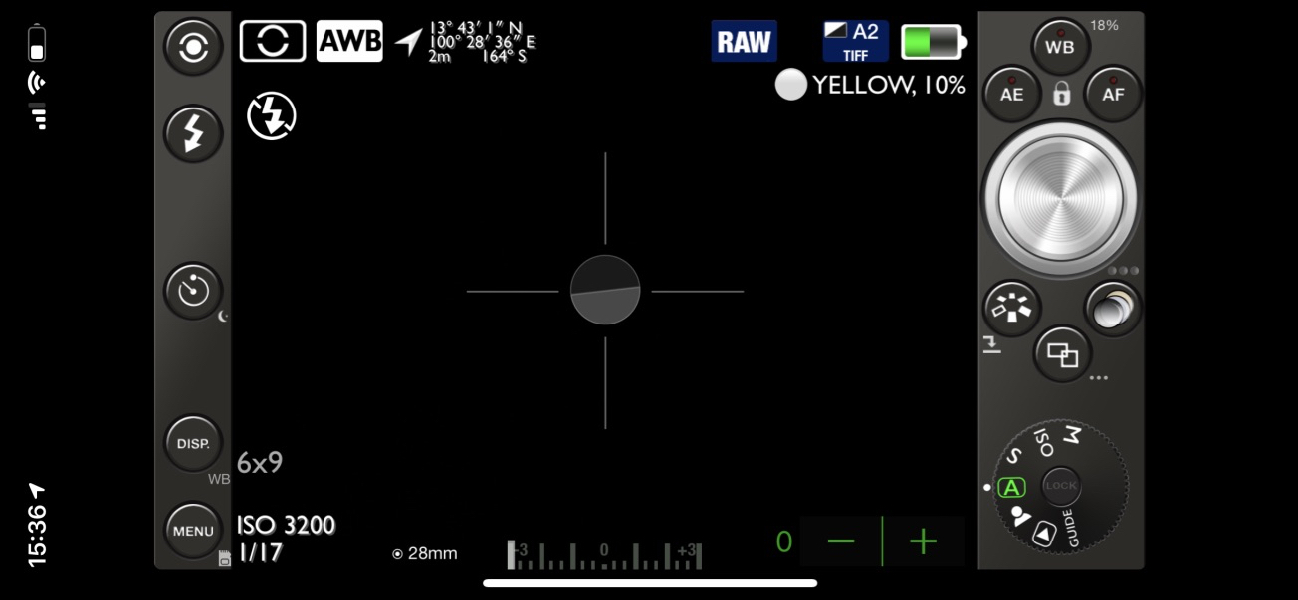
645 Pro Mk III on iPhone
This type of output needs to be edited. I use apps like Darkroom, RAW Power, and RNI Films on the iPhone and iPad. I am able to edit RAW files from iPhone photo apps and from the DSLR, although the size of the input means that there is a delay while the file is downloaded to the mobile device and another delay when the edit is saved.

Editing a RAW file in Darkroom on iPhone
There are also limitations with the size of images from smartphones, although these have been reduced, with my current iPhone capable of producing images of 12 megapixels compared to my first DSLR (Nikon D70) that produced photographs of 6MP (3008 x 2000).
Edited and cropped iPhone images
Graham K. Rogers teaches at the Faculty of Engineering, Mahidol University in Thailand. He wrote in the Bangkok Post, Database supplement on IT subjects. For the last seven years of Database he wrote a column on Apple and Macs. After 3 years writing a column in the Life supplement, he is now no longer associated with the Bangkok Post. He can be followed on Twitter (@extensions_th) |
|

